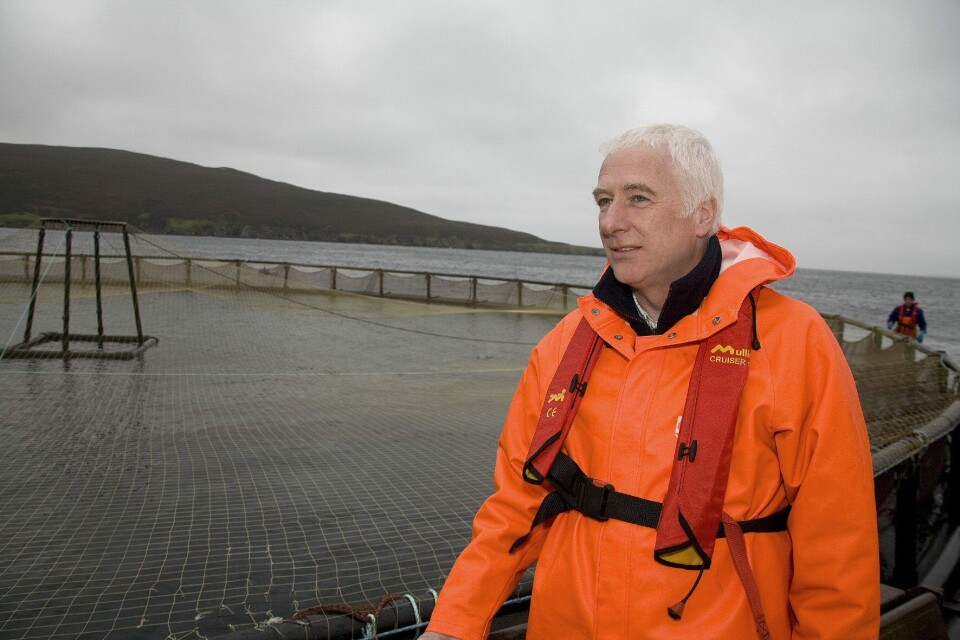
Lice challenge will be overcome, insists SSPO chief
Salmon farmers' spokesman Scott Landsburgh has acted to "set the record straight" after weekend newspaper headlines that reported salmon "crawling" with sea lice.
The reports followed a decision by the Scottish Information Commissioner to release statistics on lice numbers at individual salmon farms. The move followed demands by ant-salmon farming pressure group, Salmon & Trout Conservation Scotland.
In the worst cases, both the Scottish Salmon Company and Grieg Seafood Shetland each had one site where fish had more than 20 lice.
Landsburgh, chief executive of the Scottish Salmon Producers Organisation, responded: “Let’s set the record straight. Sea lice naturally occur in marine waters and are found on both wild and farmed salmon. Over the last year, the numbers of sea lice were particularly high. In some cases, it was a challenge to reduce the levels, but Scottish salmon farmers invested heavily in cleaner fish and new equipment that can remove them as well as using a range of veterinary medicines to address the issue. The situation is improving now.
Action plan
“The dramatic media headlines fail to mention that on every farm there is an action plan to continually monitor and manage sea lice levels throughout the production cycle. If, as has happened on a number of farms, the level goes above three adult female lice, the farm notifies Marine Scotland Science and explains their action plan to reduce the numbers. The farm remains in contact with the Government agency until the issue is resolved. In that way, the farm and the Government closely monitor progress and fish health and welfare are always looked after. This is part of a long-standing and extensive exchange of information with the regulators about our fish health standards.
“As any farmer knows, looking after health and welfare requires dedicated husbandry and nowadays the techniques involved have to adapt to changing environmental conditions like warmer water temperatures and exotic algal blooms. In addition, we are in the process of establishing a 10-year fish health strategy in collaboration with Marine Scotland Science to develop new farming methods to future-proof this important sector from any biological or environmental challenges which come its way.
"With the level of investment, the scientific research and dedication of hard working farmers, sea lice may remain a challenge, but one we can overcome.”






















































